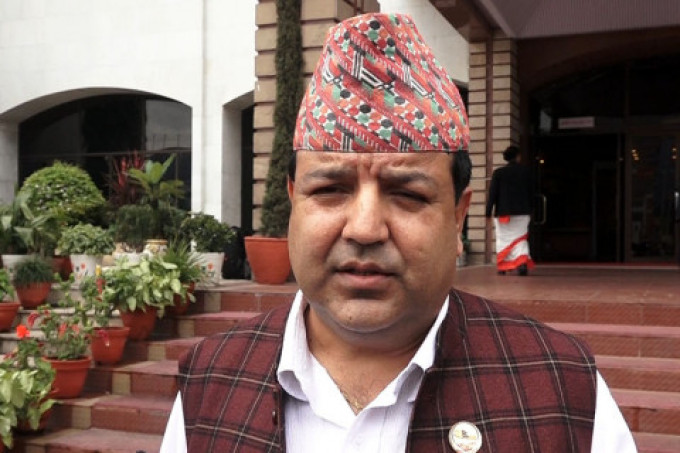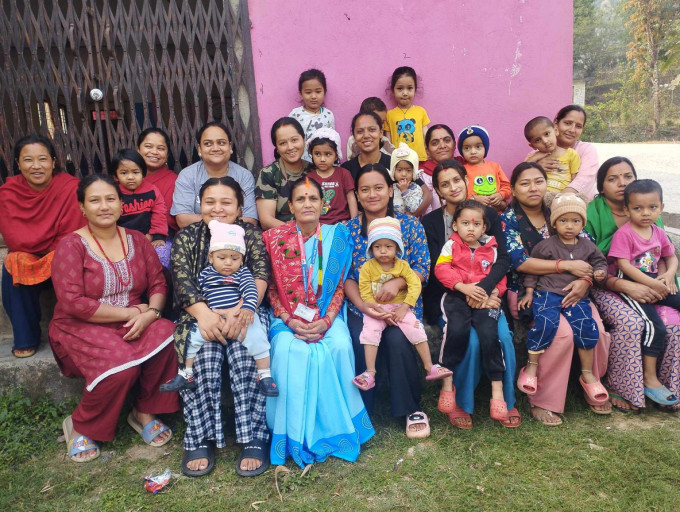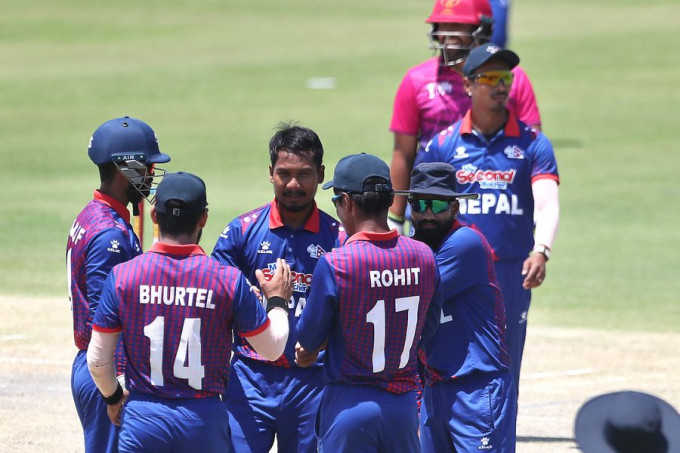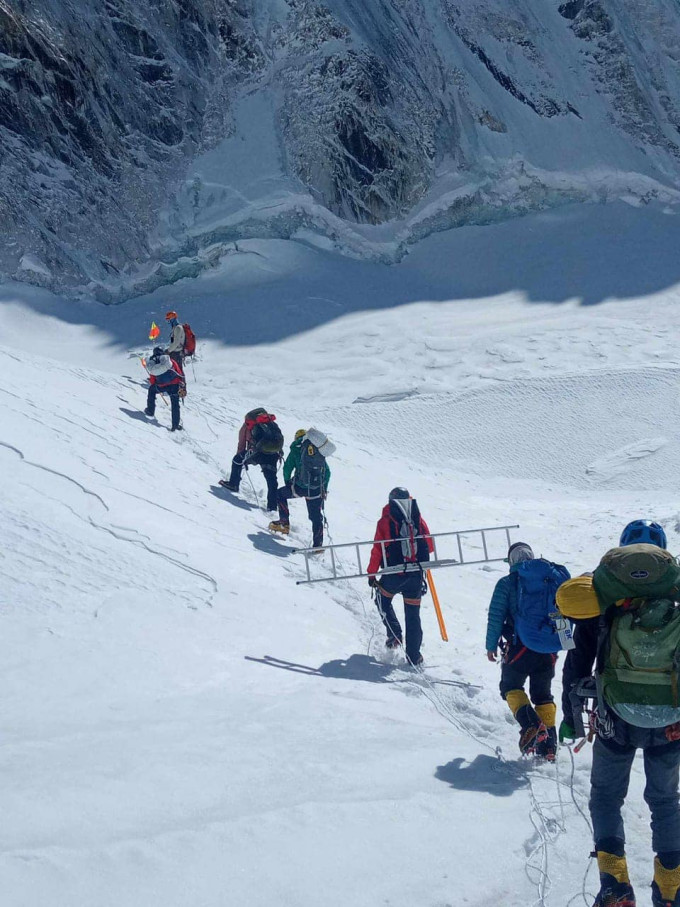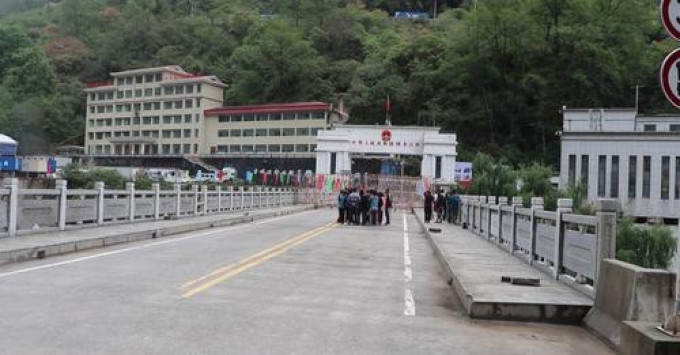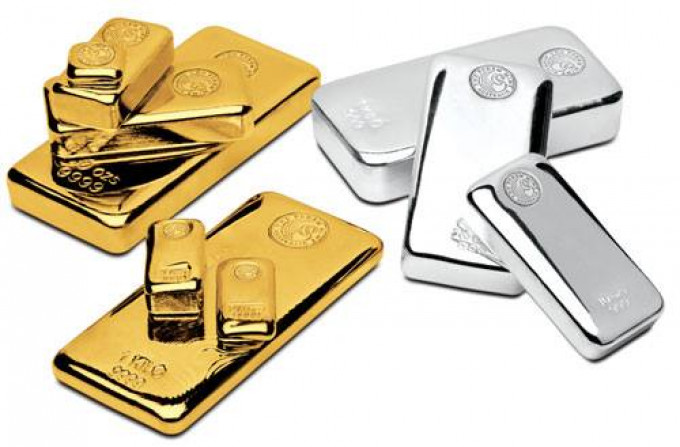Sunlight consists of visible and invisible rays. Ultraviolet rays, both UVA and UVB, are invisible and present throughout the day, even on cloudy days and indoors. Overexposure to either can cause skin cancer. In addition, UVA rays (or ageing rays) can cause premature skin ageing characterized with wrinkles and age spots, and can pass through windows; whereas UVB rays cause sunburn and are blocked by windows.
Sunscreens are designed to protect against UVrays. There are two types; chemical and physical sunscreens.
Chemical sunscreens contain one or more of the following active chemical filters such as oxybenzone, avobenzone, octisalate, octocrylene, homosalate, and octinoxate which act like a sponge. It absorbs UVrays before it hits your skin. They rub easily into the skin without leaving a white cast.
Physical sunscreens sit on the surface of the skin and reflect the sun’s rays like tiny mirrors. They contain the active ingredients zinc oxide and/or titanium dioxide. It is well tolerated with those with sensitive skin. The problem of white residue with it is less with the newer formulation containing micronized zinc or titanium oxide.
You can get chemical only, physical only and combination sunscreens. Physical only or combination is better over the chemical only sunscreen.
The best and effective sunscreen is the one you use and reapply. Choose the sunscreen that is labelled broad-spectrum (UVA and UVB) protection, that has an SPF of 30 or higher and water-resistant.
SPF stands for Sun Protection Factor, and the number beside it indicates how well the sunscreen protects skin against sunburn.
SPF of at least 30 blocks 97 percent of the sun's UVB rays. Higher-number SPFs block slightly more of the sun's UVB rays. Sunscreen can never completely protect you from the sun so it's important to always reapply throughout the day, wear protective clothing and always seek shade.
Most people have a misconception that sunscreen has to be worn only when they go out in the sun or when the weather heats up. It is absolutely wrong. Sunscreen is the protection against invisible or UV rays. Hence, it has to be worn throughout the day ideally, even when it is cloudy, or indoor.
Once the sunscreen is applied it only works for two hours regardless of SPF number. High-number SPFs last the same amount of time as low-number SPFs. A high-number SPF does not allow you to spend additional time outdoors without reapplication.
Most people only apply 25-50 percent of the recommended amount of sunscreen.
Apply enough and thickest possible layer of sunscreen to cover skin and 30 minutes before going outdoors.
Sunscreen is available in lotions, creams, gels, ointments, roll on sticks, sprays and many unique formulations. Choose the one that suits your skin depending on your preference.
Creams are best for dry skin. Lotions are good for oily skin. Gels are easy to apply for hairy areas, such as the scalp or male chest. Sticks are comfortable to use around the eyes. Sprays are easy to apply back.
READ ALSO:

